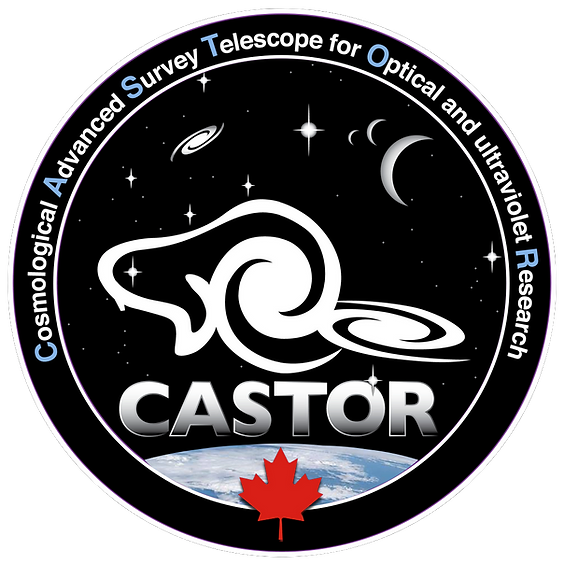The Canadian Astronomical Society (CASCA) provided its quarterly update through its Cassiopeia Autumnal Equinox newsletter recently. The newsletter provides an update to its members on existing programs such as the proposed CASTOR space telescope, the Square Kilometre Array and other timely news.
Here are are couple of notable updates:
Thirty Meter Telescope

For this update the CASCA/ACURA TMT Advisory Committee (CATAC) included a history of the project for those who are new as the will have spanned multiple decades.
The project has in recent years been mired by delays from a legal battle initiated by a group of native Hawaiians who are opposed to having the telescope built on sacred land. Progress has been slow.
Here’s the update on the status of building on Mauna Kea:
The Mauna Kea Stewardship and Oversight Authority (MKSOA) began their work on July 1, 2023, and are in the process of hiring staff. Full transfer of authority from the University of Hawaii to MKSOA will happen within five years; no new leases or subleases may be signed before then. It is still too early to know if there will be a process for lease negotiation in the interim.
The Caltech Submillimeter Observatory (CSO) is on path to be decommissioned this year, with the telescope itself being removed this month. Detailed, up to date information about the process is available at the CSO website.
On July 14, a petition was filed to the United Nations Committee on the Elimination of Racial Discrimination (CERD), requesting a decision under the Early Warning and Urgent Action Procedures (EWUAP). The request is a joint submission from three petitioners: KAHEA: The Hawaiian-Environmental Alliance, (2) Ziibiing Lab: Global Indigenous Politics Research Collaboratory, and (3) the Transnational Law and Racial Justice Network (TLRJN). Among other things, the petition requests that CERD urge Canada to divest support from TMT. This petition is now before CERD and the process, which can take several years, is a closed one between the committee and the Canadian government. ACURA’s response to this petition, and the petition itself, can be found here.
Update on CASTOR (Cosmological Advanced Survey Telescope for Optical and uv Research)

The CASTOR mission continues to work towards flight approval and funding on several fronts.
- The phase 0 science study report has been submitted to CSA, and shared with other stakeholders such as NRC and our international colleagues. It is an extensive document that updates the facility capabilities with a nominal mission schedule and observing plan that covers a broad range of frontier science investigations. The capabilities of high-resolution wide-field UV-blue imaging, spectroscopy, precision photometry, and wide-field astrometry makes the mission entirely unique within the international landscape.
- The Coalition for Astronomy (ACURA, CASCA, and Industry) has prepared a plan of engagement with government, already under way, and set for the coming months. They are making use of updated mission digests. Statements of support and interest are also being received from ACURA (and other) universities endorsing the importance of moving ahead with CASTOR, noting that it forms an important, major component of the 2020 LRP plan for astronomy.
- International partnerships continue to develop, with formal meetings held recently between CSA and counterparts in Spain and Korea. The UK space agency has further formalized their wish to join CASTOR, and a group in France is also developing a plan for participation. We expect continued discussions with NASA as their plans evolve throughout this year. CSA continue to formalize the details of sharing technical information with all these groups.
- The JPL-processed CMOS detectors have been packaged by Te2v in UK and shipped to Canada. Control electronics are being delivered to the UV vacuum facility at the University of Calgary where final preparations are made for the testing program agreed on with JPL. This will be an important step in the proposed partnership with them, and potentially for future NASA missions, like the Habitable Worlds Observatory.
- Several NRC funding opportunities for CASTOR-related work are being pursued, with proposals submitted both in August and in the coming weeks. The team at HAA and the University of Manitoba is continuing their work with students who are leading several projects in science planning and mission operations.
Other updates
There are several other updates available including: ALMA Matters, Canadian Gemini Office News, Maunakea Spectroscopic Explorer (MSE) Update, and finally the ngVLA (next-generation Very Large Array) update.
 SpaceQ Space news and analysis.
SpaceQ Space news and analysis.


